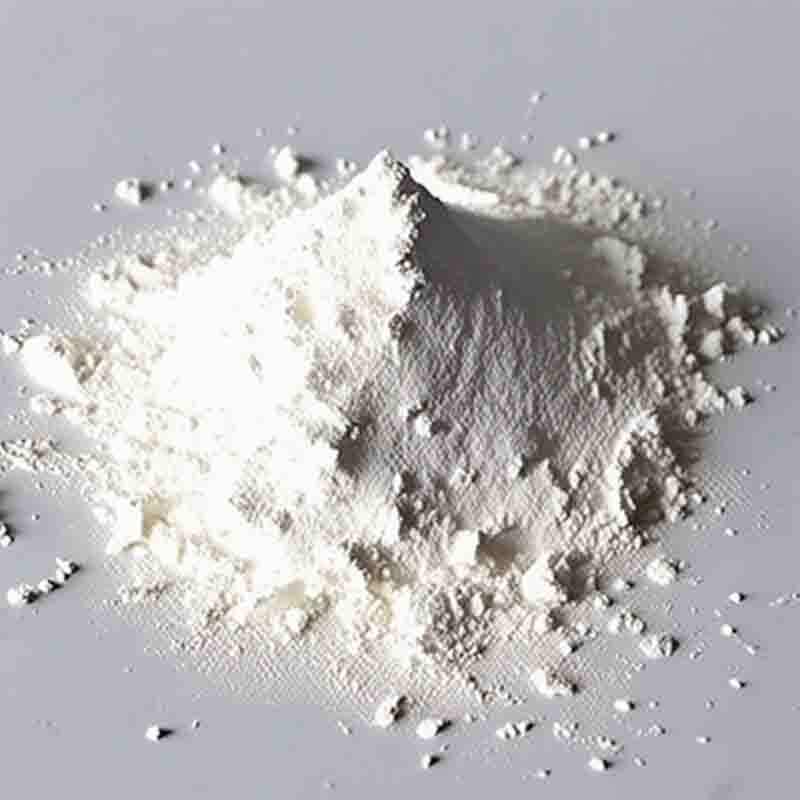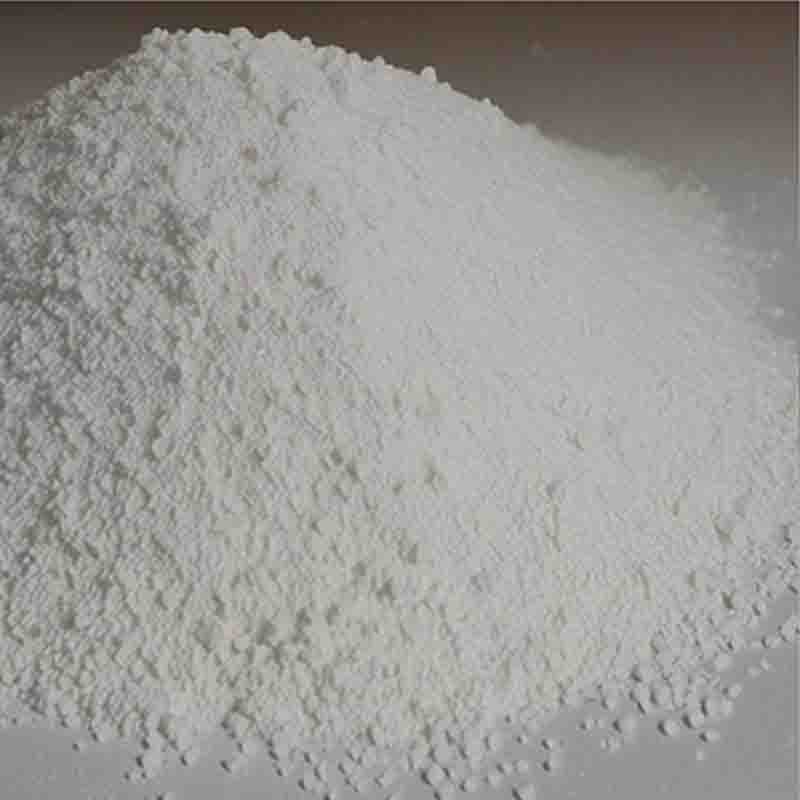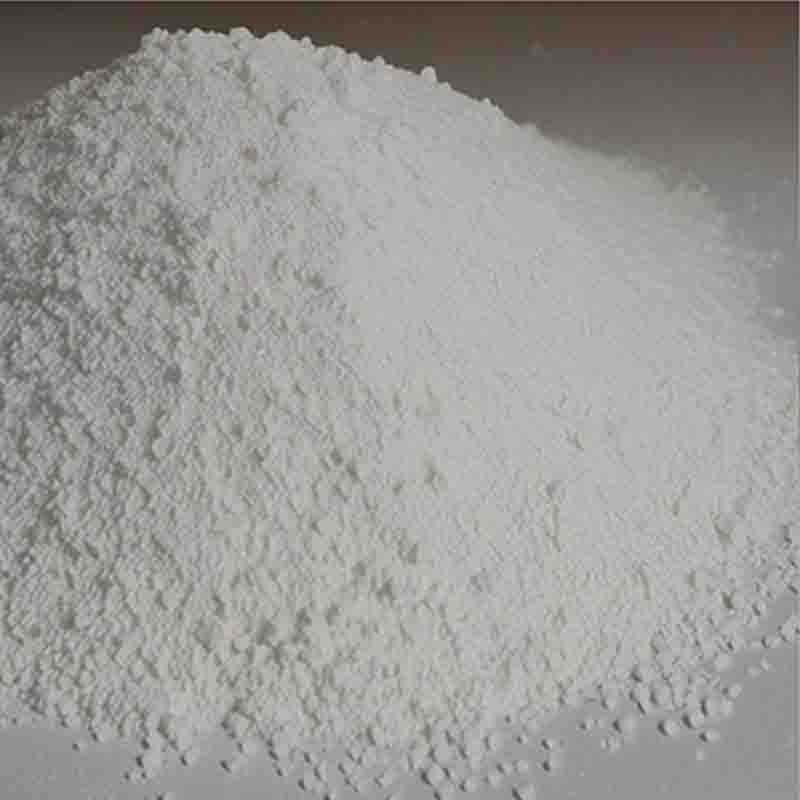2-(3-cyano-4-isobutoxyphenyl)-4-methyl-5-thiazolecarboxylate CAS: 160844-75-7
| Catalog Number | XD93604 |
| Product Name | 2-(3-cyano-4-isobutoxyphenyl)-4-methyl-5-thiazolecarboxylate |
| CAS | 160844-75-7 |
| Molecular Formula | C18H20N2O3S |
| Molecular Weight | 344.43 |
| Storage Details | Ambient |
Product Specification
| Appearance | White powder |
| Assay | 99% min |
2-(3-cyano-4-isobutoxyphenyl)-4-methyl-5-thiazolecarboxylate is a chemical compound with a diverse range of potential applications in various fields, particularly pharmaceutical and agricultural industries. Its unique structure and properties make it a valuable compound for research and development.One significant application of 2-(3-cyano-4-isobutoxyphenyl)-4-methyl-5-thiazolecarboxylate is its potential as a pharmaceutical intermediate. This compound contains a cyano group, which is known for its wide range of biological activities. Medicinal chemists can use this compound as a starting material to synthesize derivatives with enhanced pharmacological properties. By modifying the functional groups present in the molecule, researchers can tailor its biological interactions, making it a promising candidate for drug design and discovery.Furthermore, the presence of the thiazole ring in this compound suggests it may have antimicrobial properties. Thiazole derivatives have demonstrated promising antimicrobial activity against various bacterial and fungal strains. Researchers can investigate the antimicrobial potential of 2-(3-cyano-4-isobutoxyphenyl)-4-methyl-5-thiazolecarboxylate, allowing for the development of new therapeutic agents to combat drug-resistant pathogens.In addition to the pharmaceutical industry, this compound may find use in the agricultural sector as a pesticide or fungicide. Its cyano and thiazole moieties have been associated with bioactivity against harmful pests and fungi. By utilizing this compound as a starting point, researchers can develop derivatives with improved target specificity, reduced toxicity to non-target organisms, and increased stability.Moreover, the ester functionality in 2-(3-cyano-4-isobutoxyphenyl)-4-methyl-5-thiazolecarboxylate suggests that it could serve as a precursor for the synthesis of various organic compounds. The ester group can undergo transformations to form other functional groups, expanding the compound's versatility and potential applications.Additionally, this compound's structural features indicate it may exhibit interesting chemical and physical properties, making it a potential candidate for materials science research. Its aromaticity and conjugation may impart favorable characteristics for potential uses such as in organic electronics or sensors.In summary, 2-(3-cyano-4-isobutoxyphenyl)-4-methyl-5-thiazolecarboxylate is a compound with significant potential applications in pharmaceuticals, agriculture, and materials science. Its unique structure and versatile chemical properties make it a valuable tool for drug discovery and design, antimicrobial research, pesticide development, and materials science investigations. Continued research and exploration of this compound's properties will unlock its full potential and expand its utility in various industries.


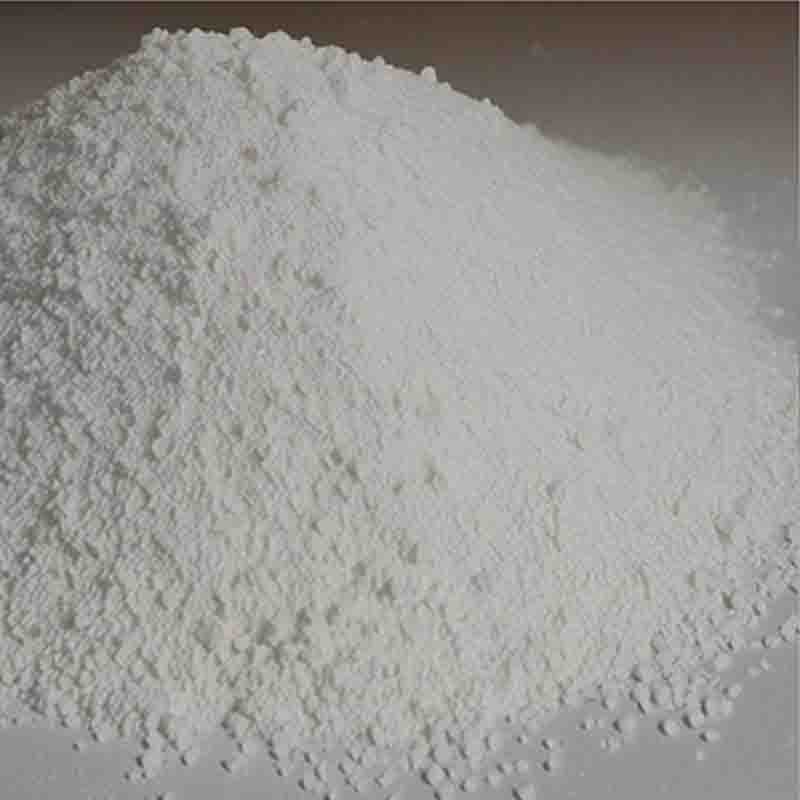
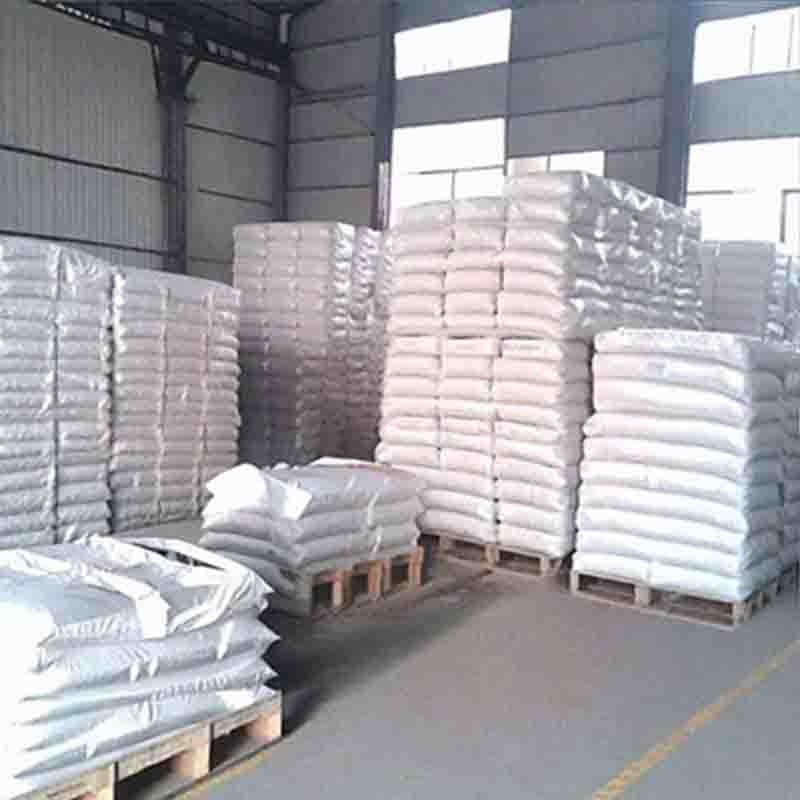
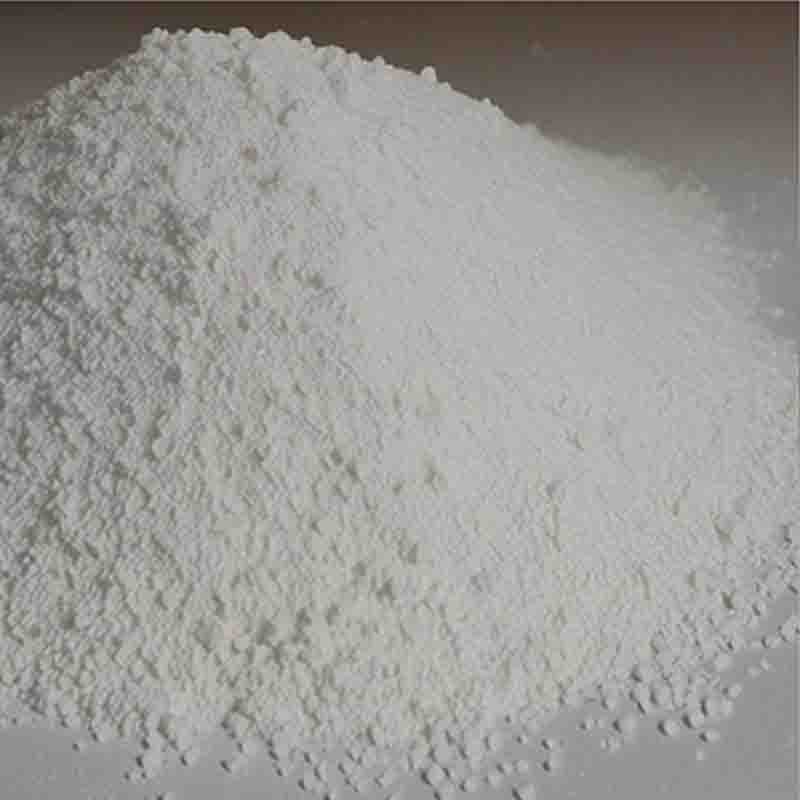
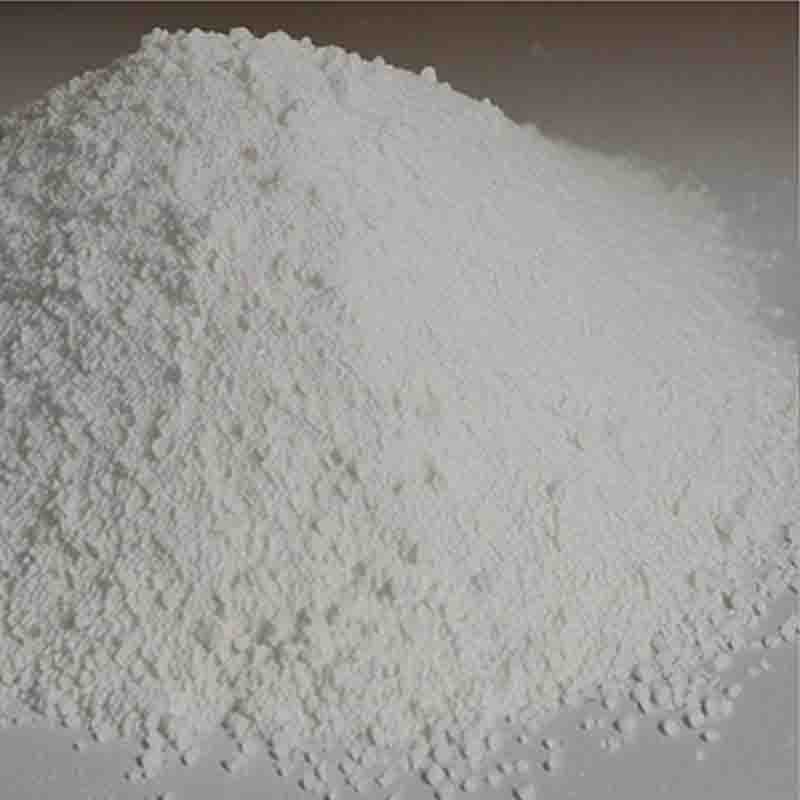
![5′-Deoxy-5-fluoro-N-[(pentyloxy)carbonyl]cytidine 2′,3′-diacetate CAS: 162204-20-8](https://cdn.globalso.com/xdbiochems/白色粉末1296.jpg)
